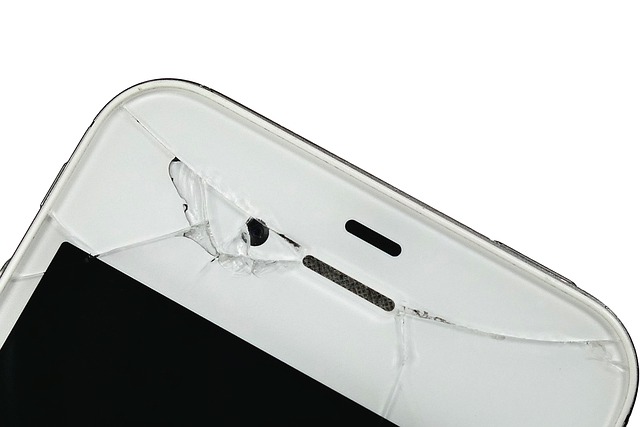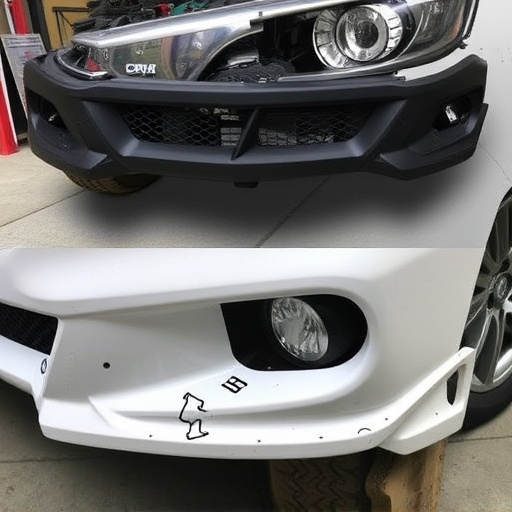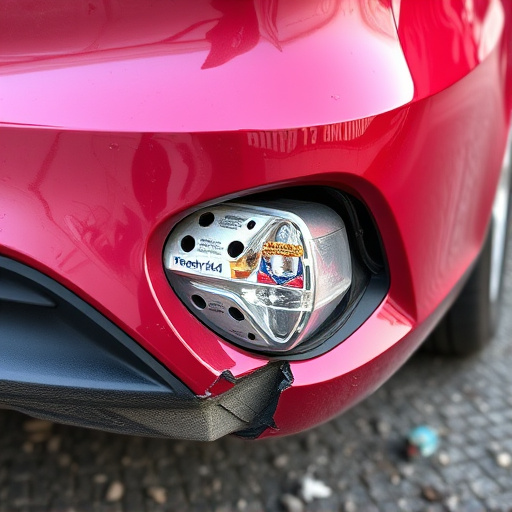Mercedes Android Auto setup involves checking compatibility, a straightforward process with wireless or wired options. Wireless pairing through Bluetooth requires app confirmation and permission granting for navigation, media control, and calls. Wired installations offer reliable performance, enhanced security, minimal lag, and long-term cost savings over recurring subscriptions. Safety-conscious drivers may prefer a wired Mercedes Android Auto setup for consistent quality and reduced interference risks.
Unleash the full potential of your Mercedes with the perfect Android Auto setup. This guide delves into the world of wireless vs wired connections, catering specifically to Mercedes car owners. Understanding compatibility is key; learn which models support this innovative feature. For a seamless experience, follow our step-by-step process for wireless setup. Additionally, explore the advantages and considerations of a wired installation. Optimize your in-car entertainment and navigation with these insightful tips tailored for your Mercedes Android Auto setup.
- Understanding Mercedes Android Auto Compatibility
- Setting Up Wireless Connection: A Step-by-Step Guide
- Advantages and Considerations of Wired Installation
Understanding Mercedes Android Auto Compatibility

Mercedes cars offer a seamless integration with Android Auto, making it easier for users to connect their smartphones and access various features while driving. However, understanding compatibility is crucial before setting up this system. Not all Mercedes models are equipped with the necessary hardware for Android Auto, so checking your vehicle’s specifications is essential. The feature typically comes standard in newer Mercedes models, but older vehicles might require an upgrade or additional equipment to support it.
Users can check their car’s compatibility by consulting the owner’s manual or visiting a Mercedes dealership. Once confirmed, the setup process is straightforward. Wireless or wired connection options are available, each with its advantages. Wireless setup provides convenience and hands-free control, while wired installation ensures faster response times and potentially better audio quality. Regardless of the method chosen, ensuring proper alignment and optimal placement of the Android Auto device within the vehicle’s dashboard is key to a successful Mercedes Android Auto setup, avoiding any issues related to dent removal or auto body repair.
Setting Up Wireless Connection: A Step-by-Step Guide

Setting up a wireless connection for Mercedes Android Auto is a straightforward process that allows for seamless integration between your smartphone and vehicle’s infotainment system. Here’s a step-by-step guide to help you through it:
1. Enable Bluetooth Pairing: First, ensure both your Android device and Mercedes car are powered on. In the car, navigate to the settings menu and look for ‘Bluetooth’ or ‘Connectivity’. Enable Bluetooth pairing mode by pressing the relevant button. On your phone, go to Settings > Bluetooth and put your vehicle’s name into the list; this can usually be found under the car manufacturer’s name.
2. Select Your Device: Once your phone is detected, confirm the pairing on both devices. Your Mercedes Android Auto app should launch automatically once a successful connection is made. If not, you can initiate it from your smartphone’s app store.
3. Complete Setup in App: Open the Mercedes Android Auto app and follow the on-screen instructions to complete setup. This might involve granting permissions for certain functions like navigation or media control. Remember, proper integration ensures smooth control over music playback, navigation, and call management while keeping your eyes on the road—a safety feature that sets it apart from many other in-car entertainment systems, even those from vehicle repair specialists who offer tire services alongside complex automotive collision repairs.
Advantages and Considerations of Wired Installation

The decision between a wireless or wired Android Auto setup in Mercedes cars involves weighing several advantages and considerations. One significant benefit of a wired installation is its reliability and stability. With a direct cable connection, users can expect minimal lag and consistent performance, ensuring a seamless navigation and entertainment experience while driving. This is particularly crucial for safety, as any delay or disruption could be dangerous on the road. Moreover, a wired setup offers enhanced security compared to wireless options, as there’s no potential for signal interference or unauthorized access through Bluetooth connections.
Another advantage worth noting is cost-effectiveness. While initial installation might require professional assistance—much like when considering body shop services for vehicle body repair or paintless dent repair—the long-term savings could be significant. Wireless systems often necessitate ongoing subscription fees, whereas a wired setup is a one-time investment that can last the lifetime of the vehicle, potentially making it a more economical choice in the grand scheme.
When choosing between wireless or wired Android Auto setup in a Mercedes car, understanding your connectivity preferences and vehicle compatibility is key. While wireless offers convenience and ease of connection, the wired option provides enhanced stability and faster data transfer speeds. Ultimately, the decision depends on personal needs and the specific features available in your Mercedes model. Both methods enable seamless integration with your smartphone, enhancing your driving experience through navigation, media playback, and more.












